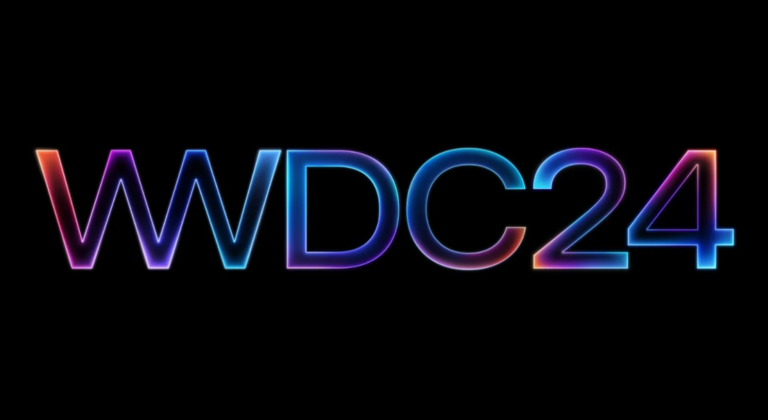A Windows Phone $0 license fee does not fix the bigger problem.
- It looks very much like Microsoft has done the unthinkable and agreed to give its Windows Phone software away for free.
- Two the of the deals that Microsoft announced at Mobile Word Congress were with Indian phone makers Lava and Karbonn and it looks like these deals have been struck at a $0 royalty rate.
- Executives from these companies have gone on the record with the Times of India explicitly stating that this is the case. (see here)
- RFM research indicates that everyone else has been paying around $10 per unit which may now come under substantial pressure.
- However, it is critical to remember that the situation is far more complex than it would seem for two reasons.
- First: Microsoft owns some fundamental patents on Android Open Source Project (AOSP). (see here).
- AOSP is the core Android OS upon which all Android devices are based. Ecosystems like GMS (Google), Nokia X or Amazon are added on top.
- Android is open source but the licence offers those that use it no indemnity from patent litigation.
- All but one Windows Phone licensees make Android devices as their bread and butter and consequently almost all their units are infringing a large number of Microsoft patents.
- While these patents are essential to Android, they are not Standard Essential Patents (SEPs) and therefore Microsoft can do what it wants when it comes to charging royalties.
- Second: Microsoft has been known to offer its licensees incentives such as marketing support and other payments to help them get Windows Phone off the ground.
- I believe that this was a significant factor behind Microsoft’s decision to acquire Nokia’s smartphone business as it was paying out $20 per unit in support but only getting $10 in return for the licence fee.
- This was dis-incentivising Microsoft from really putting all of its efforts behind Windows Phone and hence it made sense to bring the smartphone unit in house.
- Taking these two issues into account, it is not inconceivable to see how Microsoft could let the Indian companies have Windows Phone for free and not suffer financially as a result.
- In fact, I am certain that in reality, all of the other licensees have been effectively getting Windows Phone for free for some considerable time.
- Ask one-self: why would Samsung, HTC and LGE spend resources on making devices of which they fully expect to ship virtually no volume?
- I am sure that the answer is that because by keeping Microsoft happy and paying $10 a unit for a few Windows Phones, they have managed to win much greater concessions when it comes to their liabilities on the infringement of their devices that use AOSP.
- In the case of the Indian companies, I suspect that they pay no royalties on Windows Phone but also have no concessions when it comes to their IP.
- Hence, I do not see this as a sign of imminent collapse of people paying for Windows Phone but merely a different arrangement.
- By far the biggest problem with Windows Phone is its lack of independence.
- Now that Microsoft will have a large smartphone business, how can other licensees ever be sure that they are being treated fairly?
- The answer is that they can’t and this is why I strongly believe that there will only be one company that really ships Windows Phone and that will be Microsoft itself.
- Everyone publically says that they are happy with Nokia being part of Microsoft but the reality is very different.
- This is exactly what happened with Symbian when Nokia took it over.
- While other licensees paid lip service to the platform, they had in reality already left the building by the time Nokia took it over.
- I am certain that history will repeat itself as nothing has changed.








Huawei – Slow Slippage
22 April 2024